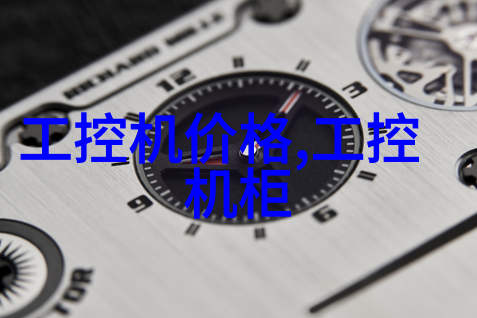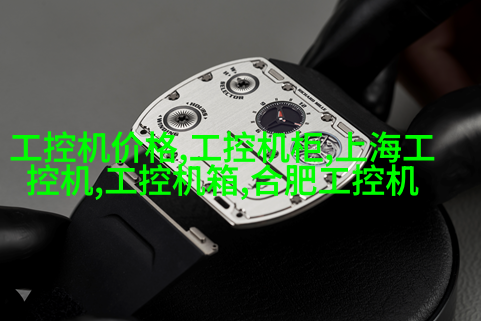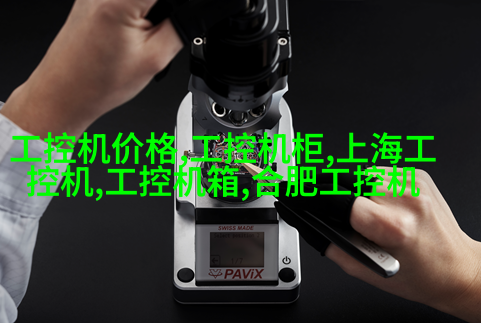您现在的位置是: 首页 - 工控机 - 反应器内部构件的设计原则与应用 工控机
反应器内部构件的设计原则与应用
2025-05-19 【工控机】 0人已围观
简介一、引言 在化学工艺中,反应器是实现物质转化的关键设备。反应器内部构件作为反应过程中的核心部分,其设计不仅关系到产品质量,还直接影响着整个工艺流程的效率和经济性。本文将探讨反应器内部构件的设计原则及其在实际应用中的作用。 二、反应器内部构件概述 反应器内部构件通常指的是那些位于或接近于化学反应发生区域内的部件,如混合装置、催化剂固定床、热交换管等。这些部件负责控制和调节化学反应条件
一、引言

在化学工艺中,反应器是实现物质转化的关键设备。反应器内部构件作为反应过程中的核心部分,其设计不仅关系到产品质量,还直接影响着整个工艺流程的效率和经济性。本文将探讨反应器内部构件的设计原则及其在实际应用中的作用。
二、反应器内部构件概述

反应器内部构件通常指的是那些位于或接近于化学反应发生区域内的部件,如混合装置、催化剂固定床、热交换管等。这些部件负责控制和调节化学反应条件,确保所需的物料参与度以及所需的温度和压力范围。
三、设计原则概述

反应条件控制:为了保证chemical reaction能否顺利进行,必须严格控制温度、压力及成分比例等因素。在这一点上,合理选择并布置reactor internal components至关重要。

物料传递:材料要能够有效地被送入或者从reactor中取出,以满足reaction requirements。这通常涉及到mixing devices, pumps and valves.
催化剂固定:如果使用了催化剂,则需要考虑如何保持催化剂稳定,并且如何通过reactions来使其达到最佳状态。

热管理:由于chemical reactions会产生大量热量,因此cooling systems是必不可少的一部分,它们需要被精心规划以防止过热导致安全问题。
易清洁与耐腐蚀性:reaction conditions有时可能极端,对于reactor internal components来说,这意味着它必须具有良好的耐腐蚀性能,并且易于清洗以维持高效运行。
四、高效混合技术
在许多chemical processes中,good mixing is crucial to achieving uniform compositions and avoiding hot spots that can lead to unwanted side reactions or even explosion risks。Some common types of mixing devices include turbines, impellers, static mixers and jet mixers.
五、新型催化剂支持材料
Catalyst support materials play a critical role in maintaining the stability and effectiveness of catalysts over time。Recent advances in nanotechnology have led to the development of new support materials with improved surface areas and pore structures that enhance mass transport rates while minimizing deactivation pathways.
六、大规模生产中的挑战与解决方案
When scaling up chemical processes from laboratory-scale experiments to industrial production levels, reactor design must take into account issues such as heat transfer limitations, pressure drop constraints and fluid flow patterns.
To address these challenges, engineers often employ computational fluid dynamics (CFD) simulations combined with experimental validation methods.
七、小结
In conclusion, the design principles for reactor internal components are rooted in an understanding of chemical reaction kinetics as well as the need for efficient material handling.
By carefully selecting appropriate materials for construction based on their corrosion resistance properties; designing effective cooling systems; optimizing mixing technologies; utilizing advanced catalyst support materials; overcoming challenges associated with large-scale production; we can ensure that reactors operate safely at high efficiency levels.
The future development of reactor technology will likely involve continued innovation in these areas as well as advancements in automation control systems which enable real-time monitoring and adjustments during operation.






